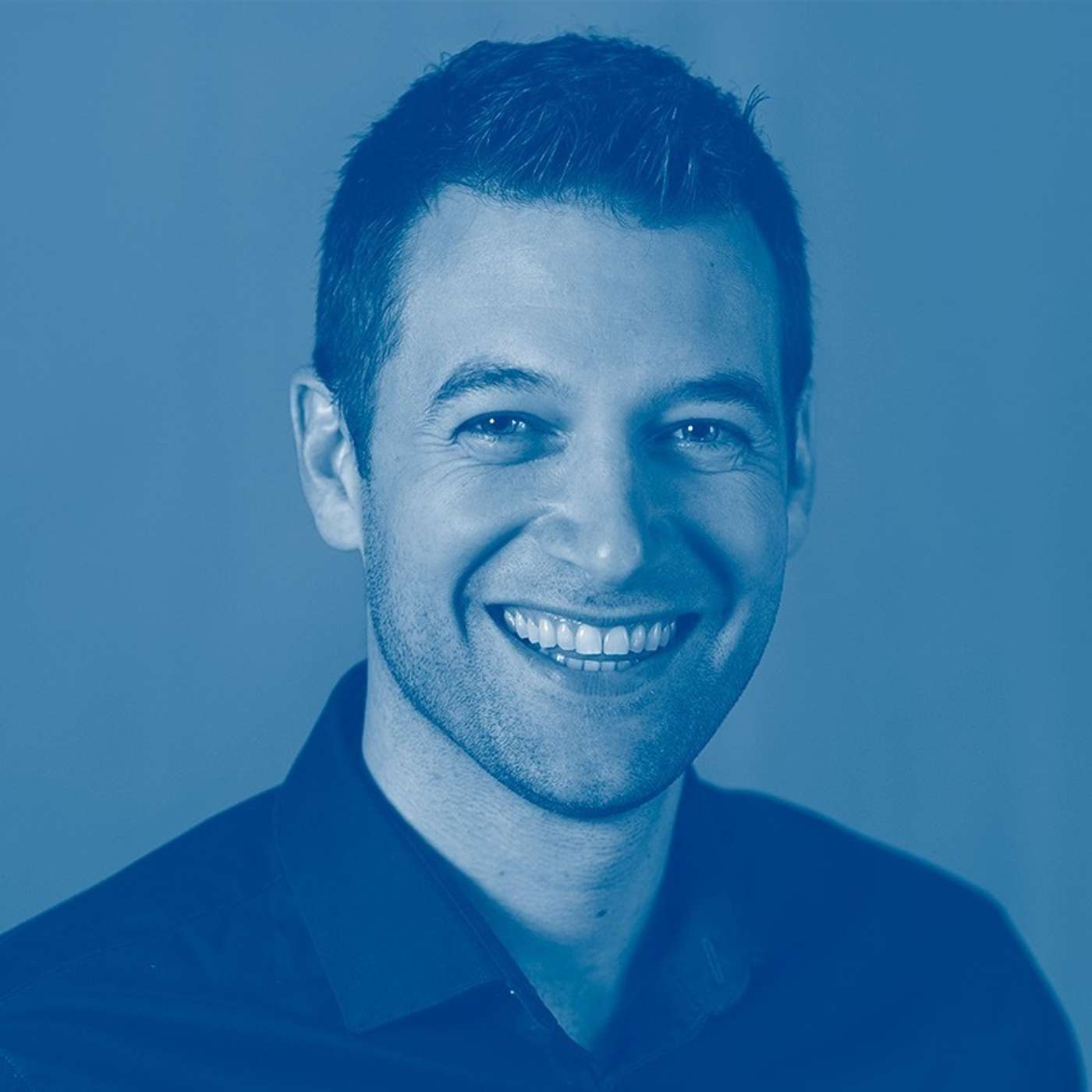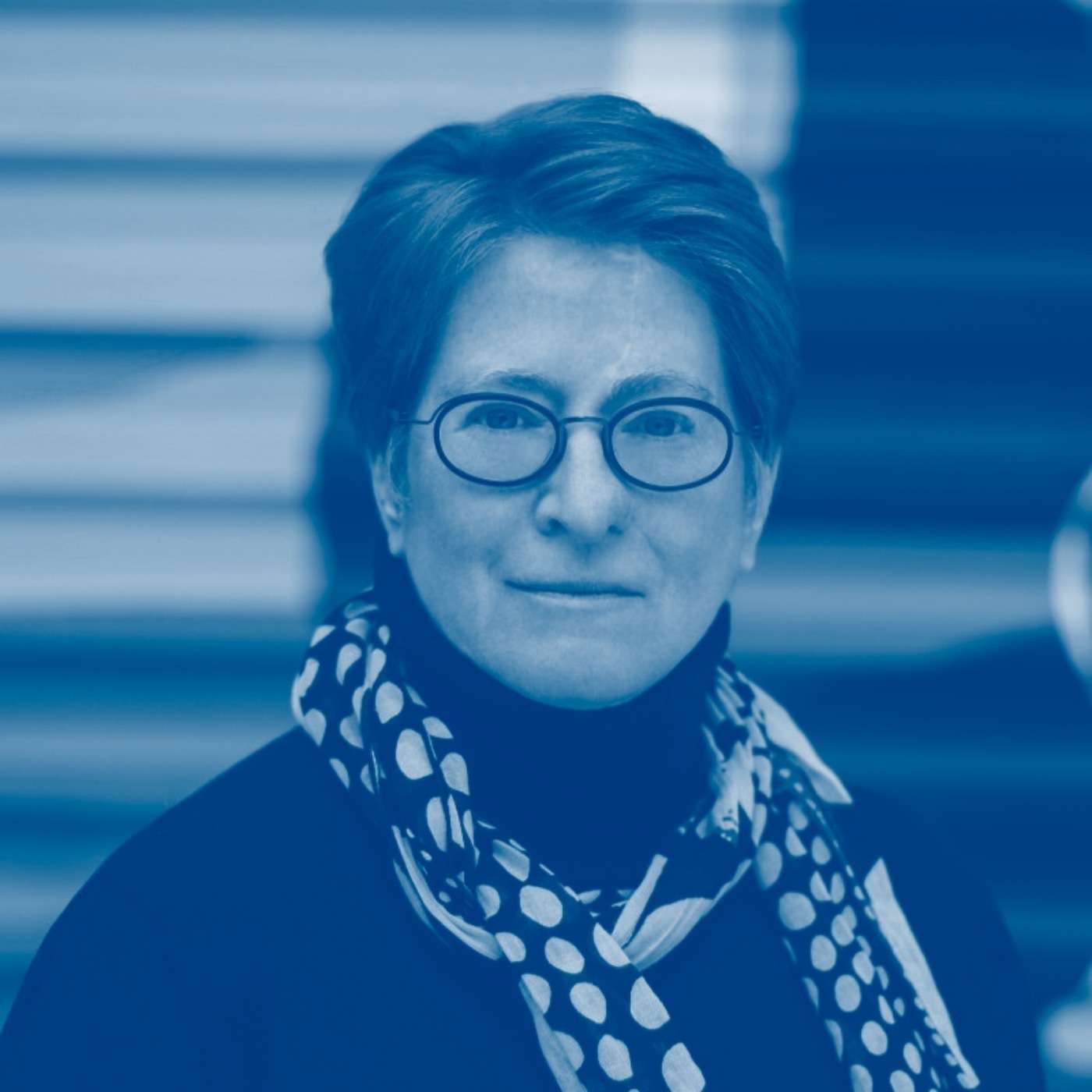Developing Workspaces that Foster Creativity with Doug Shapiro, OFS's VP of Research and Insights
Description
On this week's episode of Inside Outside Innovation, we sit down with Doug Shapiro, VP of Research and Insights at OFS. Doug and I talk about some of the trends in office design, the importance of developing workspaces that foster creativity, and some resources that you can use to plan both your work and your home environment. Let's get started.
Inside Outside Innovation is a podcast to help new innovators navigate what's next. Each week, we'll give you a front row seat into what it takes to learn, grow, and thrive in today's world of accelerating change and uncertainty. Join us as we explore, engage and experiment with the best and the brightest innovators, entrepreneurs, and pioneering businesses. It's time to get started.
Interview Transcript with Doug Shapiro, VP of Research and Insights at OFS
Brian Ardinger: Welcome to another episode of Inside Outside Innovation. And I'm your host, Brian Ardinger. We have another amazing guest was always. Today we have Doug Shapiro. He is the VP of Research and Insights at OFS, which is a sustainable office furniture manufacturer. And also, the host of a podcast called Imagine a Place. So welcome to the show, Doug.
Doug Shapiro: Hey, thanks. Super excited to be here.
Brian Ardinger: I'm excited to have you, because you know oftentimes on our show, we talk a lot about innovation and talk about product design. And I'm fascinated by your background in this idea of place design. And designing environments that can be innovative or creative and spur that. So, I wanted to have you on the show on that. I think I wanted to start with the first question, how has the idea of place and especially the workplace changed over the years that you've worked in this space?
Doug Shapiro: Well, the idea of place has evolved as we've kind of taken in also new data around not just an understanding of what place does first. But even new data around how place affects us from a health standpoint. From a mental standpoint, we understand the impact of biophilia on our brains and things like that, that we really haven't understood as deeply in the past.
So, there's some scientific evolution and then there's also cultural evolution of really understanding the purpose of place and what it means for our workforce. I mean, we've all kind of gone through that here recently, where it just used to be this thing you had to go to every day to get your work done.
And of course, that's evolved into being much more of a, of a center for collaboration and creativity. That's the part that I'm super passionate about is how does place support creativity. So, I'd love to get into that today with you.
Brian Ardinger: Yeah. Let's talk a little bit about that. So, you know, in the past, you hear a lot about open office complex and, and this idea of collaboration and that. And you seem to have folks that really enjoy that particular way of working. And now you are seeing people, you know, working at their homes and that. What are some of the things that really make a place work for somebody?
Doug Shapiro: The most important word I would say is choice. Because, you know, if you track your activities throughout a day, it's rare that you're gonna spend an entire day engaged in one part of your brain doing that same activity over and over again, right.
If that's the case, you don't really need a lot of choices, but the reality is there's moments where you need peace and quiet. There are moments where you need energy. There are moments where you need to be with others. And then we also have our own neurodiversity about us. I mean, some people are very hyposensitive. And they need high energy environments. And other people are hypersensitive, and they need to be in places that are more relaxed to do their best work.
So, the key is choice. I think that's the way you make environments work for people today. I'm really drawn to this evolution away from knowledge work into creative work. And I think that's a major change we're seeing in workplace today. I think it's really heavily driven by AI and the impact of AI on our jobs. So that's something I'd love to kind of get in with you and explore and see how we're moving from knowledge work to creative work.
Brian Ardinger: So, tell me a little bit about what you're seeing with the clients that you're working with. And the things that you design to make it effective in that particular environment.
Doug Shapiro: I think it's really, almost like a, a major cultural change to embrace maybe how far we have to go to be great at creative work. I actually, I've thought about this. Knowledge work. That phrase has been around since the fifties. Peter Drucker coined it. And what we're going through today, in fact, I heard this really cool statistic from Workplace Economic Forum, that 40% of people, office workers, feel that their jobs will become irrelevant in the next five years.
That's a huge number. And so, the way I thought about looking at it is it's really not that 40% of jobs will be irrelevant, but 40% of the way you do your job right now will become irrelevant in five years. Meaning, so in, in 10 years, we're probably not going to do the jobs that we do now, the same way we do them. Right. It'll evolve. And I think AI is at the, is the undercurrent kind of shifting that.
Brian Ardinger: Obviously the pandemic and, and COVID and the move to work at home has currently changed that. And I think if you would've had that question posed, you know, three years ago, how much your work would've changed. You know, most people are now very comfortable on zoom and, and all this kind of stuff. And all of that is accelerated and changed the way we work. I hear what you're saying when it comes to that, and I can see it even evolving faster over the years to come.
Doug Shapiro: I agree. I think the pace will increase. So, you know, how does an environment respond to that sort of pace? Agility is, is that the key of that, you know. Investing less in physical structures that are anchored and permanent. But more in tools and structures that have the ability to keep pace with change. So, we're seeing that. We're seeing this sort of phrase soft architecture kind of emerge where people are investing in forms of separation and space creation that are more mobile and easier to manipulate. Really even from a day-to-day standpoint.
So that's one way space is, is evolving. I feel like our biggest challenge is how do we get as good at creative work as we've become at knowledge work? That's the big, big shift I'm thinking about. Because I feel like our whole office system, our culture, it was based on efficiency, recording, passing, storing information. Using logic to make decisions like that was what the office culture was built on. And that is key to being great at knowledge work being great at creative work is a whole different animal and requires, I mean, it's really a sea change we're looking at.
Brian Ardinger: It's interesting you phrase it that way because it very much maps to why corporates are typically not very good at innovation. You know, they've developed systems and that in place for exploitation. You know, they figured out a business model that works. They optimize for it. They hire for it. They do all that. And innovation is very much the opposite.
Very much like you said, the creative side of things where you're in ...
























